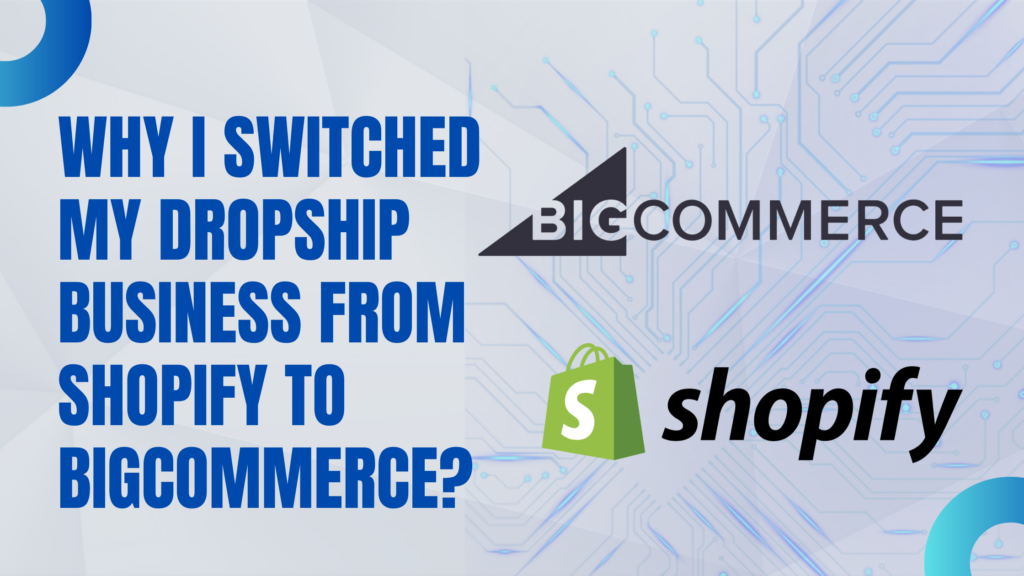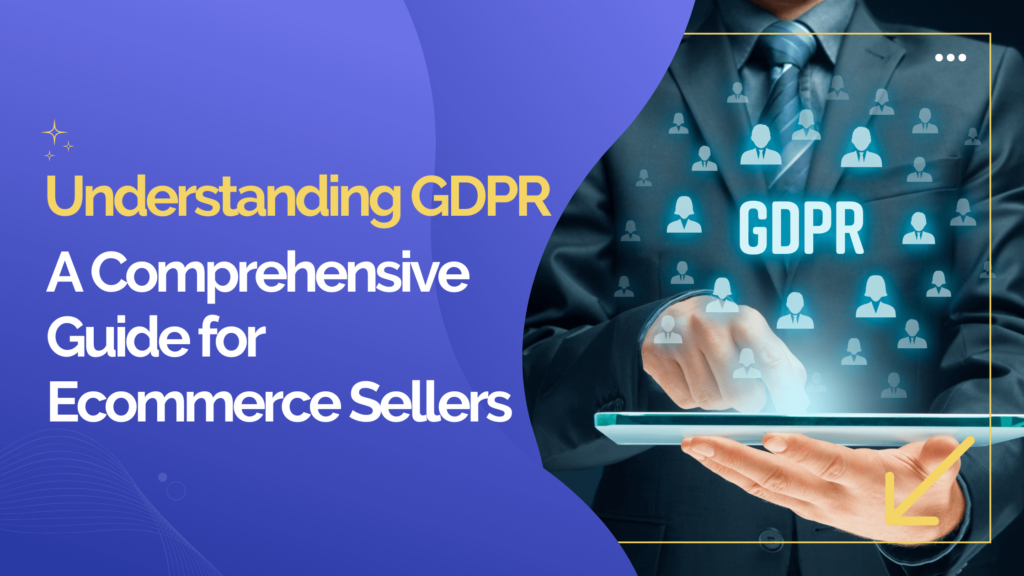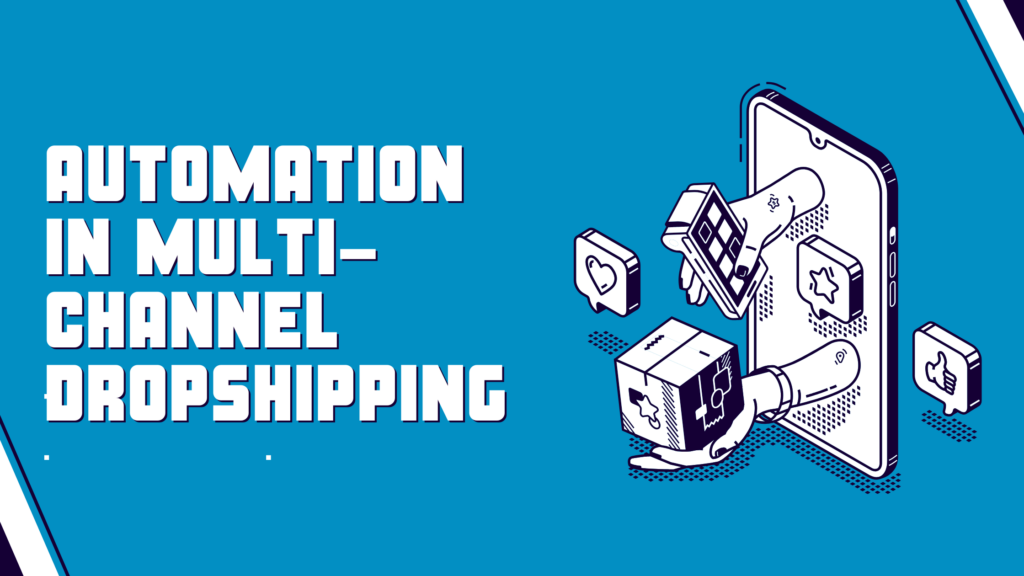Why I Switched My Dropship Business from Shopify to BigCommerce
Whether you’re an aspiring entrepreneur or a seasoned ecommerce store owner, you will have to make the pivotal decision on where to host your online store at some point in time. With a booming ecommerce industry, the number of platforms is increasing rapidly, and it can seem a bit overwhelming. Two of the top and most popular ecommerce platforms today are Shopify and BigCommerce.
They both are comparable in that they have a lot of similar features and they have acquired a slew of high-end retailers. But, they do have their differences, and I hope to shed some light for you on why I ended up deciding on BigCommerce. Keep in mind that I have experience with both and are deeply familiar with these platforms.
Before getting into my opinions and my store specifically, I’m going to lay out the facts for you. There are five general areas where I compared Shopify and BigCommerce: Pricing, Themes, App Store, Ease of Use, and Reliability.
Pricing
One of the easiest ways to compare different ecommerce solutions is to look at their pricing plans and what features you get for certain price points. It is also helpful to know when evaluating both platforms that Shopify offers a 14-day free trial and BigCommerce offers a 15-day free trial before you have to select a plan.
As you can see above, both Shopify and BigCommerce have a similar pricing structure. However, you shouldn’t go by just price-per-month alone, but make sure you are looking into the value you are getting from the price points.
Shopify charges transaction fees with each purchase using Shopify Payments starting at 2.9% + 30¢ with the Basic plan. If you use a different payment provider, you will still be charged 2% for each transaction by Shopify AND get charged whatever transaction fee your other payment provider charges. While BigCommerce doesn’t charge any transaction fees, you will most likely still be paying them depending on what payment provider you choose.
So, if you are using Shopify Payments, the transactional fees from BigCommerce will be about the same. However, if you are using a different payment method in Shopify, you will probably save most on transactional fees with BigCommerce since BigCommerce doesn’t have additional order fees like the 2% fee Shopify charges when not using Shopify Payments.
Shopify now offers abandoned cart recovery for the Basic plan, which BigCommerce doesn’t provide until their Plus plan ($79.95/mo). On the other hand, Shopify doesn’t provide gift cards until their Shopify plan ($79/mo), whereas BigCommerce offers this on their Standard plan.
So, you are really going to have to take into consideration what is most important to you and your business when going through the features of each pricing plan. It isn’t just as simple as looking at a number.
Themes
The look of your ecommerce website can be incredibly influential on the success of your business. How many times have you passed over a website and not purchased anything because the online store didn’t look professional? It happens all the time, and to avoid it, you want to make sure you are employing a high-quality theme for your website. Both Shopify and BigCommerce offer high-quality themes in their marketplace, and here are some examples of each:
Shopify
Paid

Free

BigCommerce
Paid

Free

Click here to view all Shopify themes and demos, and click here to view all BigCommerce themes and demos.
Both ecommerce platforms have similar price points for their themes as well ($140-$235 range) and offer a small selection of free themes. This is a high price point for the premium themes, so if you want to branch out, there are theme marketplaces like ThemeForest that allow you to choose from a variety of different themes outside of the platforms’ marketplaces for a more modest budget.
Shopify does have the advantage here when it comes to the number of themes outside of the Shopify theme marketplace as well as for a cheaper price. BigCommerce doesn’t have as much of a variety of themes in comparison and tends to be at a higher price point altogether.
Here are some examples from ThemeForest:
Shopify
BigCommerce

Notice that Shopify has 613 themes, whereas BigCommerce only has 65. The price for Shopify themes here starts at around $16, and BigCommerce themes tend to start out right around $69. Still more inexpensive than going through their marketplace directly, though.
I will say that Shopify has the advantage here when it comes to the variety of themes compared to BigCommerce. However, BigCommerce themes are just as high quality and visually appealing. It just boils down to finding a look and budget that best fits what you want for your business, so browse different designs between the ecommerce platforms to help continue to weigh which one will work better for you.
App Store & Ecosystem
Apps are an integral part of running an ecommerce store. They enhance ecommerce functionalities as well as help automate the daily parts of running a business.
Shopify

BigCommerce

Because Shopify is in higher demand and has better developer relations compared to BigCommerce, it has substantially more apps and theme developers. This creates a more expansive selection of high-quality apps and support. With the increased supply of Shopify developers, the lower the cost of developers thus creating a more cost-effective ecosystem. This gives Shopify a clear advantage in this area. However, you have to keep in mind that BigCommerce offers more features right off the bat whereas Shopify doesn’t. So, you’ll have to download apps for those functionalities.
When making a decision, make a list of the core functionalities you want for your ecommerce store. If you find all these features with the BigCommerce app store, then this may be the way for you to go. If you want more variety and options as you grow your business, Shopify may be the route you should take. Keep in mind that both Shopify and BigCommerce have customers selling millions of dollars worth of products, so both platforms are definitely more than capable of supporting a successful ecommerce business.
Ease of Use
If you are new to ecommerce, or you just don’t have the best technological knowledge, ease of use will be important to you when setting up your online store. Shopify is great because it requires no technical expertise to set up your website at all! It has an easy drag-and-drop builder within the theme customizer that allows you to effortlessly add and remove sections and content.
BigCommerce also has a theme customizer that makes it easier to build out your website, but I will say it is not as flexible as Shopify’s. There is no drag-and-drop builder and a lot of the time, you will have to go into the actual code to add sections such as banners and content with BigCommerce. The theme documentation should show you exactly where to do this in the site’s code, but it does require some technical knowledge to be able to correctly do so.
This doesn’t mean that BigCommerce is necessarily hard to use, many find its functions to be easy and suitable to meet their needs. Shopify is just better geared towards someone who has never built a website before and is just starting out. So, if you fall into that category, Shopify may be for you.
Collections and product categorization is also another important area within platform functionality that should be considered. With my own dropshipping ecommerce store, I have a massive product catalog of over 30,000+ products, so knowing how categories worked with both Shopify and BigCommerce was important to me and my business since I would need the products to be organized. Shopify has a nice collection tool that allows you to easily create collections and manually select products or create automatic rules for product inclusion. This is great if you are constantly getting an influx of new products and want them to be placed in a category automatically. However, Shopify doesn’t have the functionality to create nested collections or a category hierarchy. The only way you can “nest” categories in Shopify is in your navigational menu. But, your product selection itself will not show as categories, subcategories, etc. For example, if you had the category “Dresses”, but wanted the subcategory “Maxi”, Shopify would read these as both equal collections. Even when adding “Maxi” under “Dresses” in your navigation settings, it is not possible for Shopify to organize the products under this category hierarchy.
But, BigCommerce does. BigCommerce allows you to organize products with categories and subcategories at multiple levels. This makes organizing your products easy, and the categories are automatically displayed in the navigational menu on your site. However, BigCommerce doesn’t have the capability to automatically categorize new products based on a set of rules. However, the automatic categorizing did not matter to my business because I already implemented category mapping with my inventory management software.
Reliability
Reliability is an integral part of choosing an ecommerce platform since you are going to want the least downtime possible. It is inevitable, however, that problems do arise with any type of technology. So, it is important to know the level of support you are going to receive from an ecommerce platform. Currently, both Shopify and BigCommerce offer 24/7 support through live chat, phone calls, and email.
Shopify
BigCommerce

Shopify additionally provides support through Twitter, and both platforms provide different resources such as help centers, forums, guides, and blogs to assist in finding solutions to your questions. Also, Shopify and BigCommerce have large communities of other online store owners as well as developers, which is indicative of strong, growing companies. There are a lot of powerful companies that use these two platforms, so you can rest assured that Shopify and BigCommerce are two reliable platforms.
Now, it is imperative to know that I initially started off my business on Shopify, then eventually turned to BigCommerce. As you can see from the areas above, Shopify and BigCommerce have an extensive amount of similarities, and their differences are not much to be able to say one is better than the other. It really comes down to what you know will work best for your business. And, if it doesn’t work for your business, switch to another platform. That is what I ended up having to do with my store.
Why I Made the Switch
The sole reason why I switched to BigCommerce was Shopify Payments. Shopify Payments is the default payment gateway you can use with Shopify, as mentioned in the “Pricing” section above, but they are incredibly stringent about what products you can sell in your store. I had an assortment of outdoor products listed in my store, some of which are not allowed to be processed by the payment gateway, unbeknownst to me. Shopify’s risk team contacted me, and there was no possibility of me being able to take the products off the store and still be able to reopen my account with them. My only other option was to apply for another “high-risk” payment gateway, which I didn’t think was necessary since I took those products off of my product selection. So, that’s when I decided to make the switch to BigCommerce. The transition was smooth, and I was able to redesign my site with a new theme and easily integrate my products into the new platform. I have a somewhat technological background, so it wasn’t hard for me to find a theme and customize it to my liking. Learn from me and review Shopify Payment’s terms before publishing products to your store.
Features Comparison: Shopify vs Bigcommerce
| Feature | Shopify | BigCommerce |
| Pricing Plans | Basic: $29/mo Shopify: $79/mo Advanced: $299/mo | Standard: $29.95/mo Plus: Custom Pricing |
| Ease of Use | User-friendly interface Easy setup process | Intuitive dashboard Streamlined navigation |
| Customization Options | Limited customization Themes and templates available | Extensive customization Flexible themes and templates |
| Payment Gateways | Integrated with multiple payment gateways Additional fees for some gateways | Integrated with various payment gateways No additional fees |
| App Marketplace | Extensive app store with thousands of apps | Robust app marketplace with numerous integrations |
| SEO Tools | Basic SEO features Customizable URLs and meta tags | Advanced SEO tools Built-in SEO optimization features |
| Inventory Management | Basic inventory management tools Manual inventory tracking | Advanced inventory management Real-time inventory updates |
| Marketing Features | Email marketing tools Discount codes and coupons | Comprehensive marketing tools Abandoned cart recovery |
| Multichannel Selling | Sell on social media channels Integrations with Amazon and eBay | Multi-channel selling capabilities Seamless integration with various platforms |
| Mobile Responsiveness | Mobile-responsive themes Mobile app for managing store | Mobile-responsive design Mobile-friendly checkout process |
| Customer Support | 24/7 customer support Extensive knowledge base | 24/7 customer support Dedicated account manager for Plus customers |
| Analytics and Reporting | Basic reporting tools Sales reports and analytics dashboard | Advanced reporting tools Detailed sales analytics and insights |
| Scalability | Suitable for small to medium-sized businesses | Suitable for businesses of all sizes Scalable plans for growth |
| Security | PCI compliant SSL certificate included | PCI compliant Advanced security features |
| Dropshipping Integration | Limited dropshipping integrations Requires third-party apps | Seamless dropshipping integration Built-in support for dropshipping suppliers |
So really, the only reason why I switched from Shopify was because of something totally avoidable on my part. But, at the same time, I really do enjoy the functionalities of BigCommerce and have had no issues. Between Shopify and BigCommerce, you can’t really go wrong as they are both innovative, reliable, and powerful ecommerce platforms. And, as I mentioned before and with my example as well, you can always move your store if one doesn’t work out for you!





